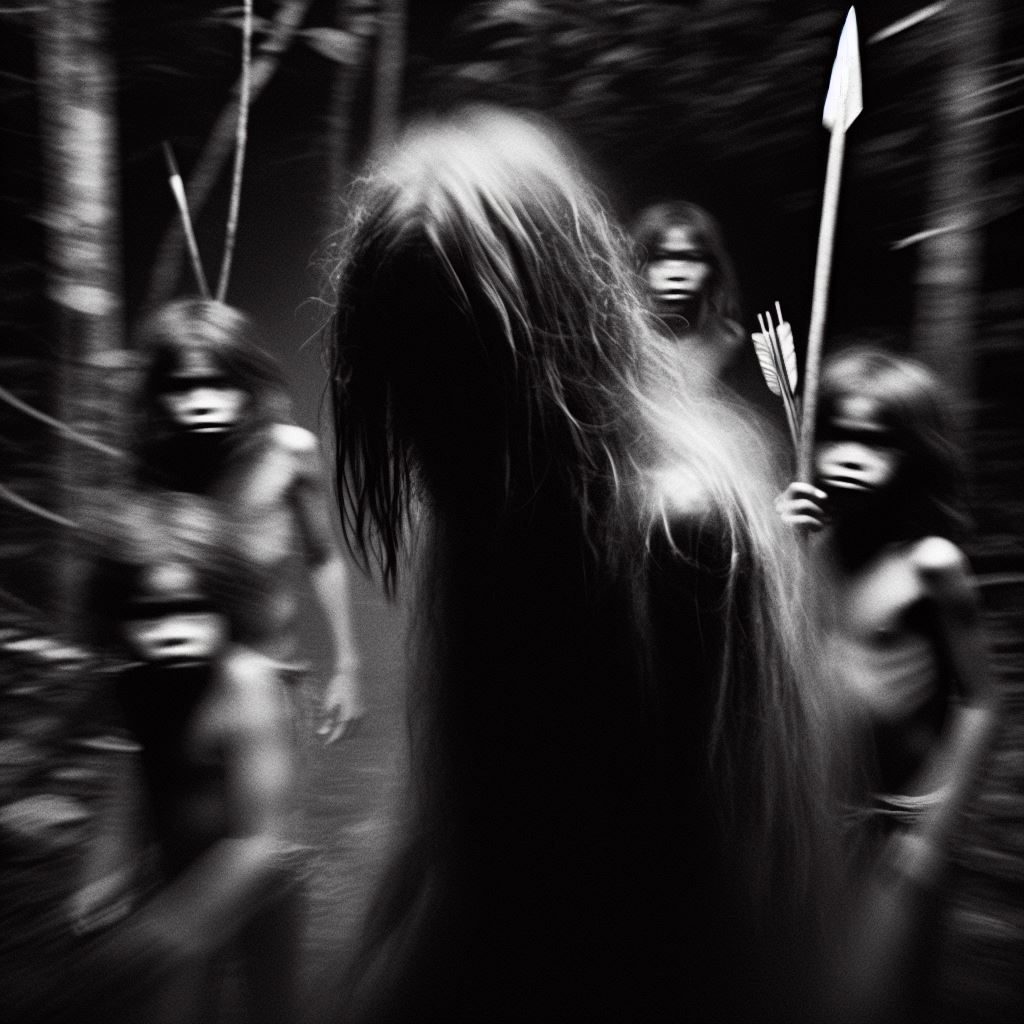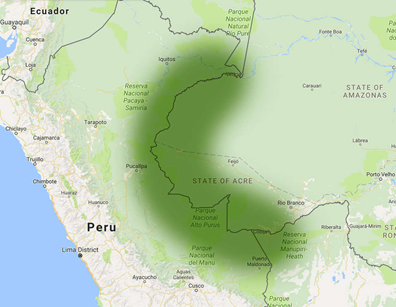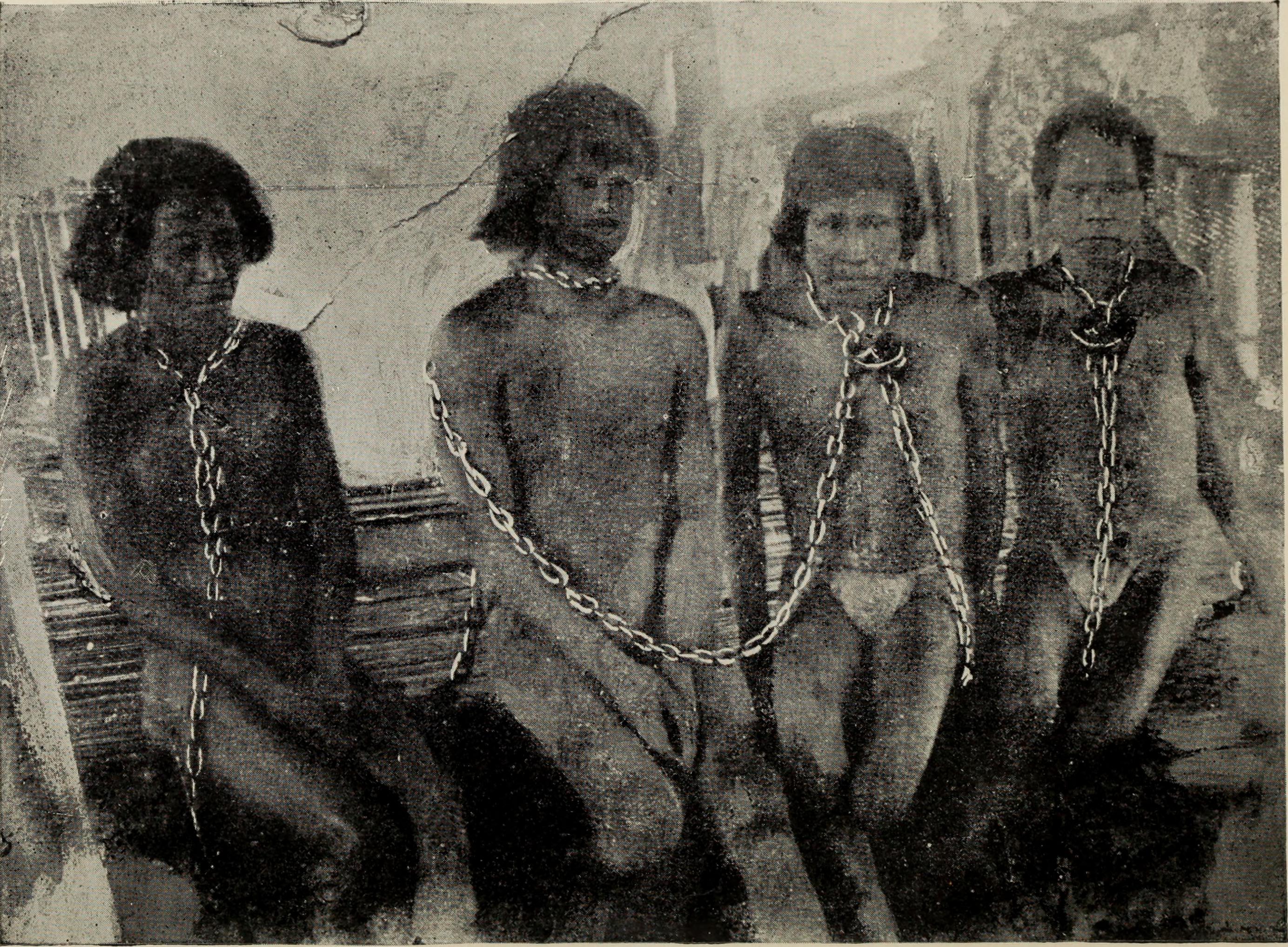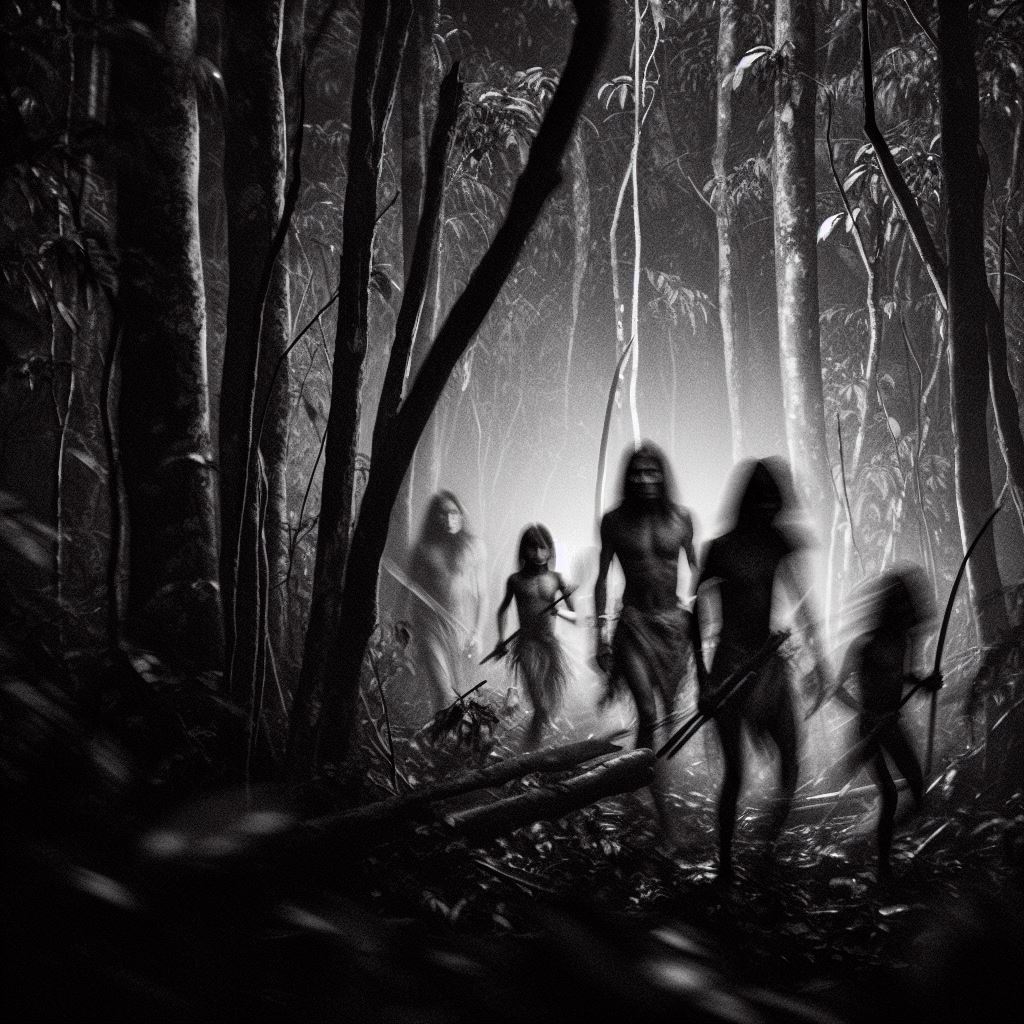You're surrounded by people with a disease you don't know. The experts, the wise ones, they are all confused about what is going on. Healthy and strong people die just like some who looked old or sick before. Suddenly, the most urgent, most logical response is to walk away. To close the door to the spread of a disease, to put distance between you and a mortal enemy. Isolation is the almost instinctive reaction in this survival situation.
This short story surely reminds you of the COVID 19 pandemic. Yet I am telling the story, repeated so many times in the Amazon, of indigenous isolated people.
*****
The Amazon: A Living Mystery
Hundreds of cultures and peoples have flourished and faded in the Amazon forests over millennia, leaving behind only shadows of their existence. The disappearance of a people, in any corner of the world, is a tragedy for all humanity. With each fading culture, we lose thousands of years of accumulated wisdom about nature, its secrets, and about the very evolution of humans and their societies.
To avoid this fate, many indigenous groups have opted for a path of isolation. In South America, they have decided to move away from society and into the jungle, far from the reach of the rest of humanity. Whether to avoid conflict with other indigenous peoples, to protect themselves from disease, or to escape slaveholders, rubber tappers, or loggers, these peoples persist in the forests, almost invisible to the outside world. They are the Indigenous Peoples in Isolation and Initial Contact (PIACI), according to Peruvian legal terminology. This acronym is used to identify the two situations that these peoples go through: isolation, that is, the reluctance to maintain contact with other societies or with very limited contact; and initial contact, which is the situation maintained by peoples such as the Isconahua in Ucayali or the Nahua population of Santa Rosa de Serjali in the lower Urubamba area of Cusco.

image made with dall-e
According to specialists, there could be more than 150 isolated indigenous peoples in the world, most of them in the Amazon that corresponds to Brazil and Peru. There are also isolated villages in Bolivia, Colombia, Ecuador, Paraguay and Venezuela. Suriname and Guyana are also presumed to be isolated. Globally, indigenous groups have been reported to be in isolation in Oceania, Asia and Africa. Even in the United States, an indigenous group regained contact with modern society in 1911, having subsisted in the Sierra Nevada, northern California.
Isolation for Survival
Isolated peoples are human groups that have chosen or been forced/forced to live apart from other human groups and societies over the course of centuries. Whether it's fear of disease, abuse, or simply the decision to stay away from different cultures and maintain their traditional way of life. According to Peruvian anthropologist Beatriz Huertas, one of the experts on the subject, "a people in voluntary isolation is precisely one that drastically limits its relations with the surrounding population and limits them by their own decision. There are different levels of insulation. There are villages or parts of them that, for example, erase their traces during their journeys. They hide them so as not to be persecuted, so as not to be seen by others."
The anthropologist Alonso Zarzar indicates in one of the first reports of a Peruvian entity on isolated peoples, that these peoples were isolated by force of circumstances: that is, it was not forever by choice, but by necessity.

The area that divides Peru and Brazil is a refuge for a large number of isolated groups. Image taken from Survival International's website
In the opinion of anthropologist Carlos Mora, the process of isolation of these peoples could have begun even since the processes of conquest, that is, long before the so-called rubber boom, in which thousands of indigenous people were enslaved. It must be borne in mind that the contacts of the Amazonian Indians with other Amazonian peoples, with Andean groups and then Catholic missionaries began several centuries ago," he points out. Isolation may have occurred to prevent territorial conflicts with other Amazonian indigenous groups long before European colonization. Importantly, each indigenous people in isolation has their own reasons for choosing this way of life, and these can vary considerably.
Both professionals and other scholars such as Zarzar agree that the isolated look for areas of refuge, particularly in the headwaters of some streams or rivers, leading a generally transhumant life, and that they make quite continuous migrations, so the space they require to survive is very large.
However, isolation also has consequences. Because they have not been exposed to diseases brought from Europe or other parts of the world, their immune response to them is poor or non-existent. A single flu can wipe out half or all of a population in a given group. Zarzar also points out that, "these isolated groups or peoples suffered and continue to suffer a process of adaptation to a highly limiting ecosystem that is not conducive to the development of their capacities as peoples and cultures." Therefore, in this process it is important to understand that these peoples had to modify their social relations and their demographic structure. These new adaptations and the knowledge they gained and lost in the process are also very important.

indigenous enslaved from putumayo, peru colombia border (1913)
In Peru, there is a legal regime for the protection of these peoples, for whom around 4 million hectares have been set aside. This figure could reach 7 million, if the proposals for new indigenous reserves that have been presented by indigenous organizations are accepted by the Peruvian government. It is important to note that the territories of these peoples are among the best preserved in the Amazon basin and are priorities for climate, biodiversity and global food security.
Internationally, indigenous peoples in isolation are human rights holders and their protection is essential to guarantee these rights. Since they are in a unique situation of vulnerability and are unable to advocate for themselves, ensuring that their rights are respected is especially important.
Threats to their existence
Currently, the main threats to indigenous peoples in isolation are illegal activities. Illegal hunters and loggers are one of the main causes of risk. The presence of strangers in their territories can be deadly for these peoples due to the possible contagion of diseases for which their immune systems are not prepared.
The advance of extractive projects, such as gold mining in rivers, especially in the headwaters of the basin, is another significant threat. These activities degrade the ecosystems on which the isolated population depends. In some regions, such as Ucayali and Loreto, drug trafficking also poses a severe threat to their survival.
The lack of protection measures by the State is another factor to consider. For years, the Ministry of Culture has not implemented the Sanctioning Regime for violators of the laws that protect the isolated. Recently, a bill in the Peruvian Congress sought to change the mechanism for the protection of indigenous reserves.

image produced with dall-e
Violent contact
Isolated villages generally avoid contact with people outside their community. When threatened by invasions of their territories, they tend to flee, although in certain circumstances they may opt for defense. An illustrative case is that of John Chow, a missionary who in 2018 tried to contact the Sentinelese, an island tribe in the Indian Ocean. Despite the warnings, Chow was attacked and lost his life on his second approach attempt. Attacks by isolated individuals against loggers have also occurred in Peru, in Madre de Dios and also against other indigenous peoples in Purús.
To understand these reactions, it is necessary to remember the past. During colonization, areas such as the Amazon were exploited without restriction by gold prospectors and wildlife hunters for the sale of furs and hides. The evangelizing missions also caused devastating effects, concentrating the indigenous population that later died from epidemic outbreaks. As early as the 19th century, when rubber tappers encountered indigenous peoples, they resorted to violence, either to gain access to their lands or to enslave them. Thousands of Indians were decimated and survivors sought refuge in safe places.
Many of today's isolated peoples are descendants of those survivors, and the trauma has been passed down through the generations. The survivors of a napalm bombing of the Matsés people in the mid-1960s in northwestern Peru still maintain absolute distrust of the Peruvian authorities and categorically reject any attempt by extractive, oil and logging companies to enter their territory.
This conflict was the result of clashes between indigenous people and mestizo loggers who invaded territories of the Matsés people. The Peruvian government then carried out an unjustifiable and disproportionate intervention to punish the Matsés, using military aircraft to bomb their villages with napalm.
As Survival International states on its website, "Isolated peoples exist. They are the most vulnerable communities on the planet. Forced contact with them has proven to be deadly and immoral. The isolated have the right to survive and to decide their own future. But this can only happen if their lands are protected."
Today, the threats faced by isolated and initially-contacted peoples have the same motivations as always. To control the lands where they live, extract their resources and "civilize" them, i.e., disappear them. This series will cover some of the most important cases in Peru.
*Article produced with the kind support of the Bertha Foundation as part of the 2024 Bertha Challenge.


